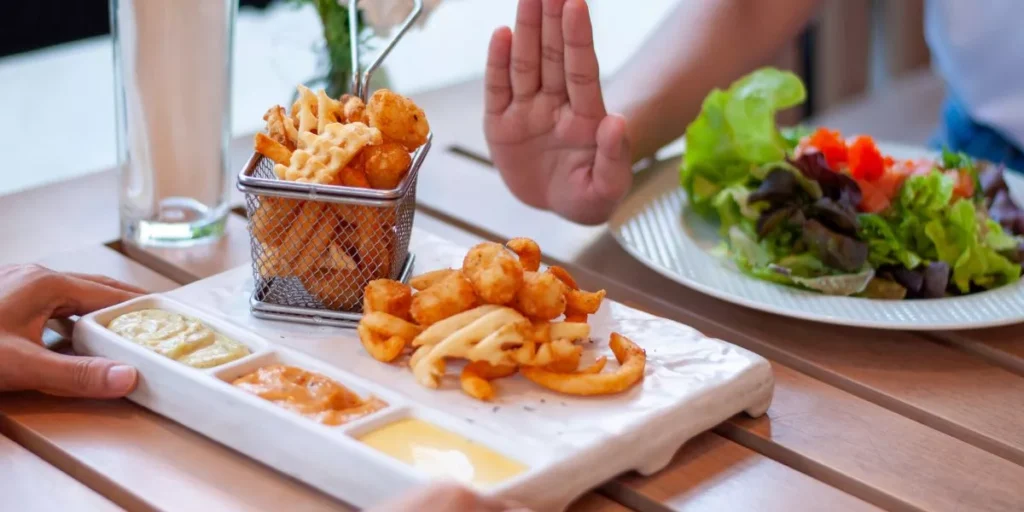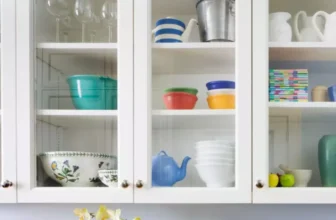
To effectively manage your food stock and prevent waste, it’s essential to establish a system for rotating your items. By following a few simple tips, you can ensure that your pantry stays organized and that you utilize your food efficiently. From categorizing your products to implementing a strategic method for arranging them, these practices can make a significant difference in minimizing food wastage and maximizing freshness. Stay tuned to discover how these straightforward yet effective strategies can transform the way you manage your food supplies.
Importance of Food Rotation
To prevent food spoilage and maintain freshness, regularly rotating your food stock is crucial. By consistently using older items before newer ones, you ensure that nothing expires unused. This practice minimizes waste and saves money by maximizing the lifespan of your food supplies.
Properly rotating your food stock also helps you stay organized. When you prioritize older items, you avoid the risk of forgetting about them and discovering expired products later. This method ensures that you always have a clear idea of what you have on hand, making meal planning and grocery shopping more efficient.
Furthermore, rotating your food stock promotes food safety. By regularly checking expiration dates and using items in a timely manner, you reduce the chances of consuming spoiled or contaminated food. This simple habit can protect you and your family from potential health risks associated with expired products. Remember, a well-organized and rotating food stock isn’t only economical but also contributes to a healthier lifestyle.
Organizing Your Food Storage
For optimal food storage organization, categorize your items by type and expiration date in clear containers. This method allows you to easily see what you have and when it expires, helping you to use items before they go bad.
Utilize labels to mark the contents and dates, ensuring quick identification. Group similar items together, such as canned goods, grains, or snacks, to streamline meal planning and inventory checks.
Consider investing in stackable containers or bins to maximize space and keep your pantry or storage area neat. Arrange items with the earliest expiration dates towards the front, making it simpler to grab those first.
Regularly assess your stockpile to remove expired products and make room for new purchases. By maintaining a well-organized food storage system, you can prevent food waste and save money by utilizing what you have efficiently.
Implementing FIFO Method
Ensure your food stock remains fresh and organized by implementing the FIFO method. FIFO stands for ‘first in, first out,’ meaning you use items in the order you purchased them. This method helps prevent food waste by ensuring older items are used before newer ones. To implement FIFO, place newly purchased items at the back of your storage shelves or pantry, pushing older items to the front for easy access. By following this practice, you can prevent items from expiring before they’re used.
Using the FIFO method not only helps you avoid wasting food but also saves you money by maximizing the use of items before they go bad. This system is particularly useful for perishable goods like dairy products, produce, and canned goods with shorter shelf lives. By regularly rotating your food stock using FIFO, you can maintain a well-organized pantry and reduce the chances of forgetting about items that may expire soon. Start implementing the FIFO method today to keep your food stock fresh and minimize waste.
Monitoring Expiry Dates
Monitoring expiry dates is crucial to prevent food wastage and ensure the freshness of your stock. By regularly checking the expiration dates on your food items, you can avoid using products that may have gone bad, reducing the risk of foodborne illnesses and unnecessary waste. Make it a habit to inspect the dates when you add new items to your pantry or fridge, and organize your stock so that items with the closest expiry dates are easily accessible.
To effectively monitor expiry dates, consider implementing a system where older products are placed in front of newer ones. This simple practice, along with proper labeling, can help you easily identify which items need to be used first. Additionally, set reminders on your phone or calendar for perishable items that need to be consumed soon. By staying aware of expiry dates and being proactive in using up products before they go bad, you can minimize food waste and ensure that you’re consuming items at their peak freshness.
Kitchen Appliances














